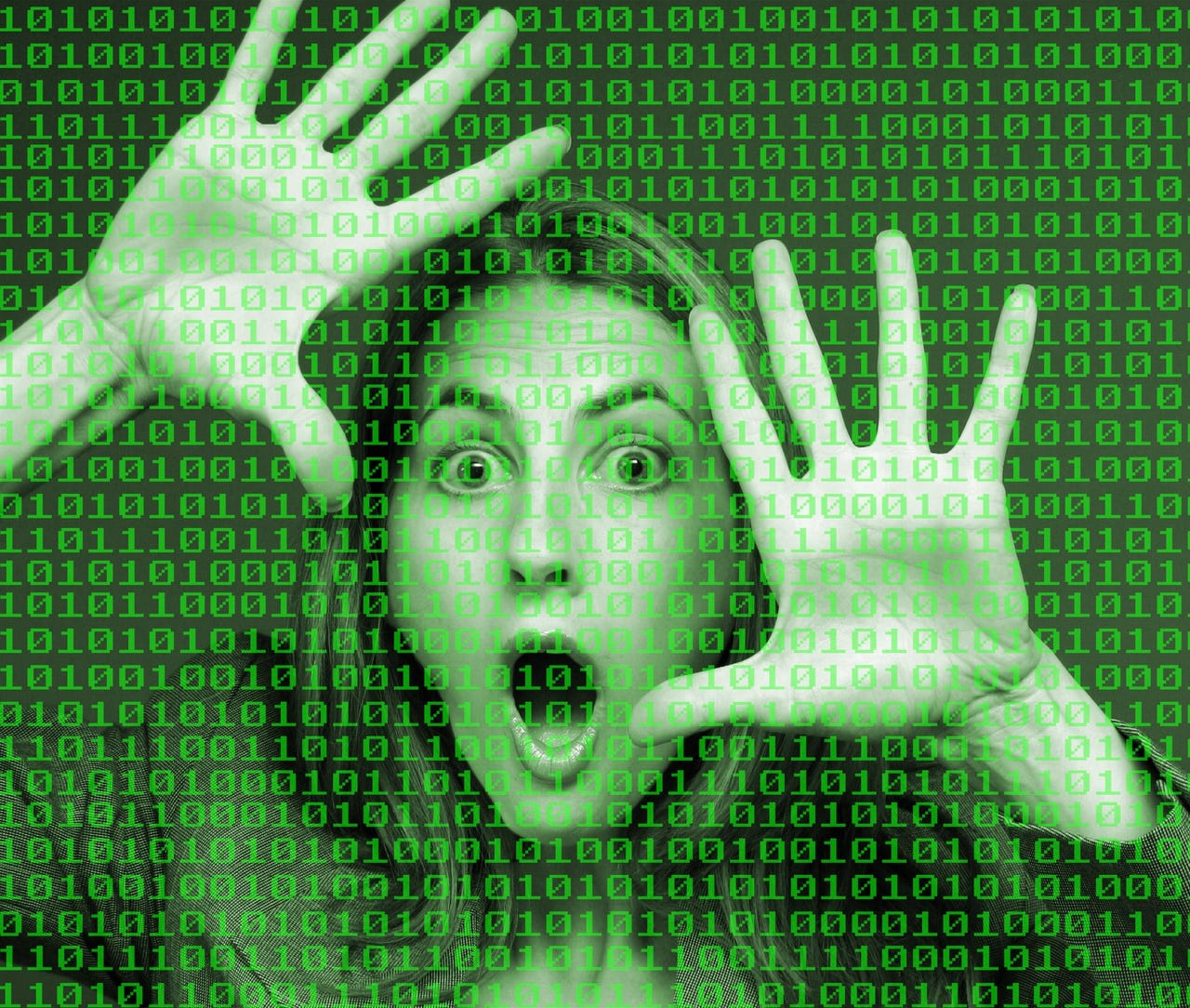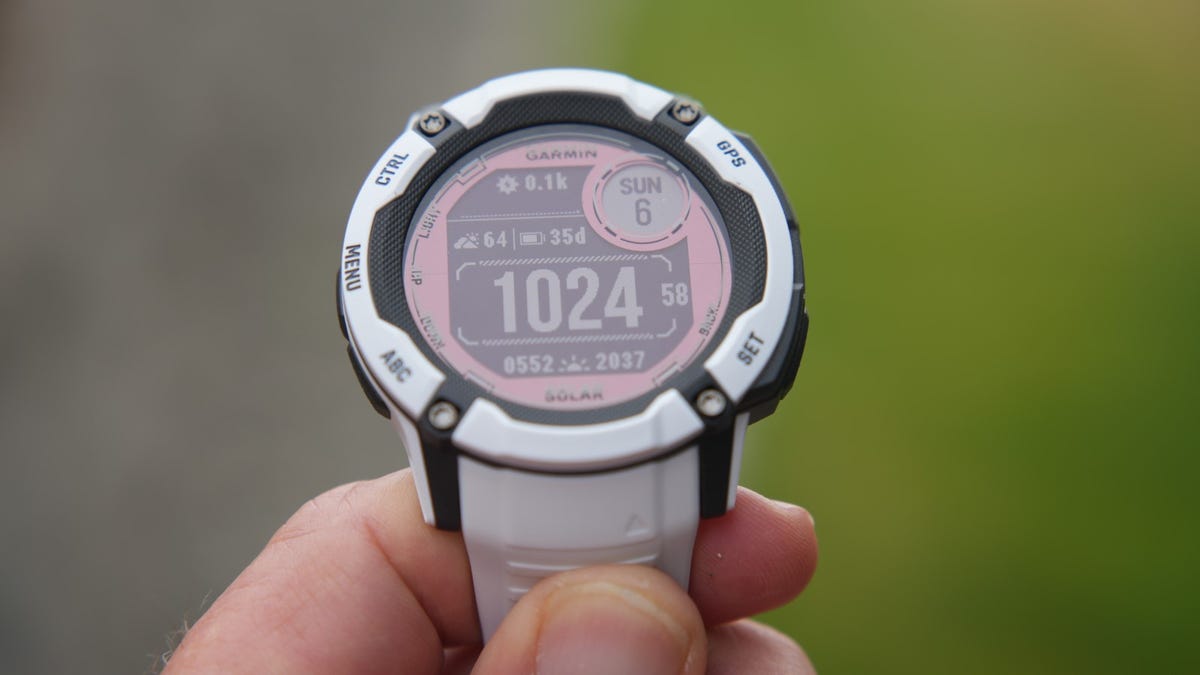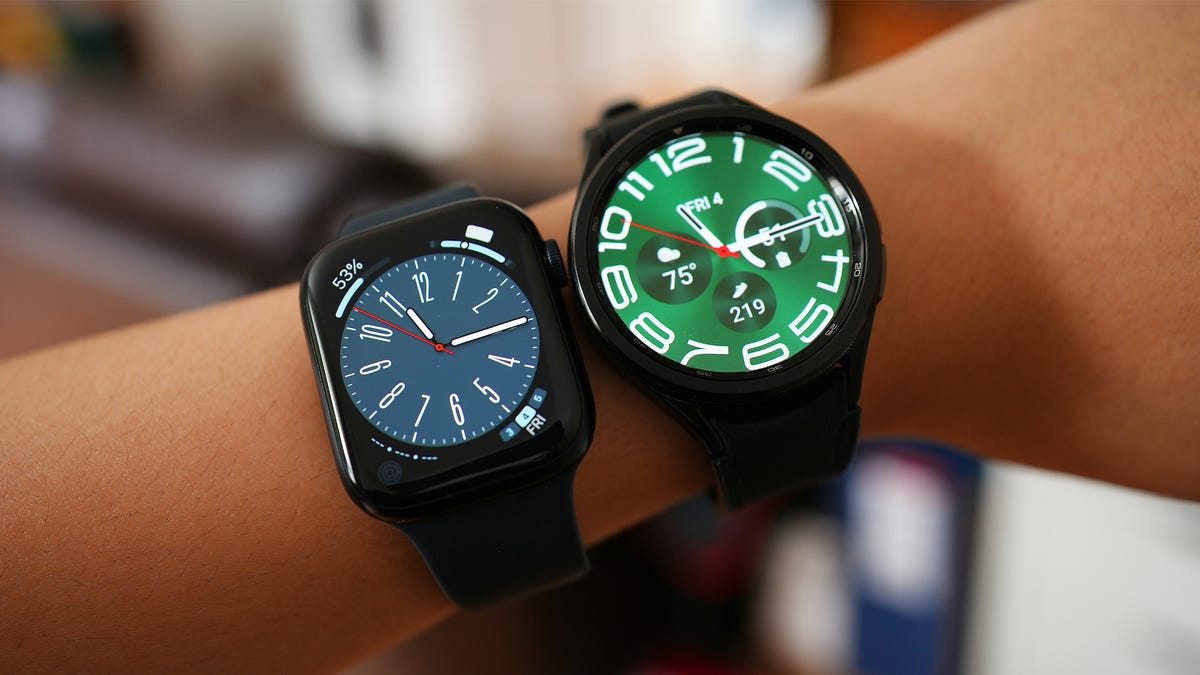Apple’s patent allows deletion of virtual graffiti in the metaverse.
Apple's patent allows deletion of virtual graffiti in the metaverse.
Protecting the Digital Home: Apple’s Solution to Virtual Vandalism

If a user decorates their digital home carefully, it can be highly aggravating for a stranger to walk in and vandalize their space. And Apple agrees. As the company prepares for the release of its eagerly anticipated mixed reality headset, the Apple Vision Pro, it has recently filed a patent aimed at making the removal of unwanted graffiti easier in the metaverse.
Apple’s patent application proposes a scenario where an avatar enters another user’s digital home and virtually vandalizes it with spray paint. To mitigate this offense, the victim of such virtual vandalism would be able to virtually erase the graffiti. This patent is just one example of Apple’s commitment to protecting virtual reality users from nefarious avatars while in the metaverse.
Apple’s track record of filing patents to ensure user protection in virtual reality environments dates back to 2021 when it filed a patent to safeguard users from intruders and digital bullies. This new patent goes a step further, providing users the ability to make intruders disappear from their virtual abode. The patent states, “When one or more avatar social interaction criteria are breached, the avatars and/or content in connection with behaviors of the avatars can become partially invisible, fully invisible, or anywhere in between along a spectrum of attenuation.”
These patents may seem trivial, but they play a vital role in ensuring the safety and well-being of users, especially children. Harassment and bullying in the metaverse are unfortunately common, and platforms like Meta’s Horizon Worlds have become overrun with underage users. However, it’s not just children who misbehave; adults are equally responsible for subjecting fellow avatars to uncomfortable situations.
Virtual reality experiences are designed to feel incredibly real, blurring the line between the virtual and the physical world. If users struggle to differentiate virtual harassment from real-life harassment, it poses a challenge for tech companies trying to keep users engaged and active in the metaverse. It is cases like these where Apple’s patents and protections become essential in facilitating a safer and better virtual experience.
Tech companies across the board are recognizing the importance of user safety in these virtual environments. Companies like Apple and Meta, formerly known as Facebook, are investing heavily in technologies and features aimed at combating harassment and ensuring a positive user experience. While the metaverse holds vast potential for creativity, exploration, and entertainment, it also comes with its share of risks.
Ensuring user protection goes beyond just developing sophisticated technology; it requires fostering a community that respects one another and promotes positive engagement. It is a collective responsibility of all stakeholders to create an inclusive and safe metaverse for all users, regardless of age. The future of virtual reality and the metaverse depends on building an environment where users can express themselves freely without fear of harassment or vandalism.
In conclusion, Apple’s patent for easily removing unwanted virtual graffiti highlights its commitment to user safety in the metaverse. By allowing users to erase virtual vandalism in their digital homes, Apple aims to create a more enjoyable and secure virtual reality experience. These patents, although seemingly trivial, are critical in combating harassment and bullying in virtual environments, ensuring users of all ages can fully engage and explore the possibilities of the metaverse without fear of intrusion or discomfort.






